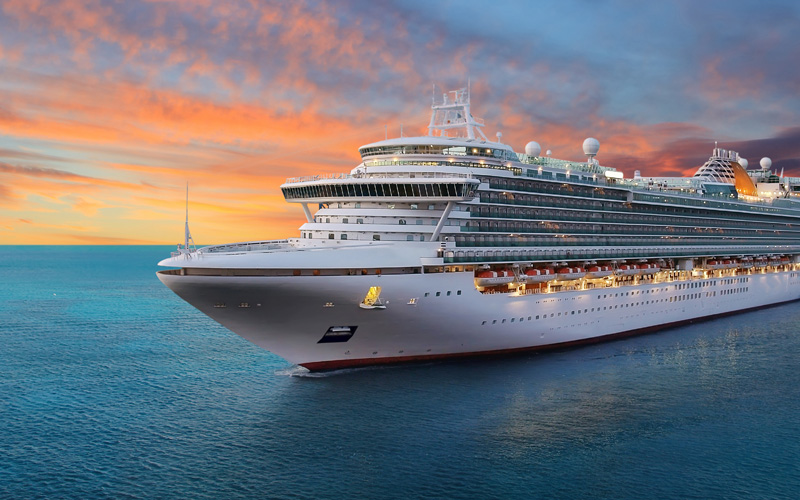By Paul HUDSON – Business Development Manager – AURES UK
The travel industry has been dealt a hammer blow by the COVID-19 pandemic, and in the middle of it all, the cruise sector stands out as perhaps the hardest hit of all.
Five years of soaring growth in cruise bookings was brought to a screeching halt as large liners were refused access to port during the global lockdown. Ticket sales plummeted, whole fleets were kept in harbour for much of the lucrative summer season, and even since cruise operators set sail again from August onwards, all have had to run well below capacity in order to observe social distancing protocols.
The sea tourism sector faces a number of critical challenges going forward. Cruise and ferry operators are having to re-think the use of space onboard to maintain social distancing and minimise transmission risks. There is a pressing need to reassure customers that boats can once again be a safe option by demonstrating exemplary safeguarding standards.
And not forgetting the need to protect margins and maximise profitability when passenger volumes are likely to be down for the foreseeable future.
Technology will play a big role in operators being able to adjust to this new normal. AURES already has a proud track record supplying the cruise sector with onboard sales and service hardware. Our ultra-compact all-in-one POS terminal the NINO II, for example, has been a lynchpin product for perhaps the world’s largest cruise operator for a number of years.
To that mix, we are now able to add mobile tablet and self-service kiosk products. It is here that we believe cruise and ferry companies can really find a helping hand dealing with the fallout from the pandemic.
From self-service to flexible service
Cruise ships in particular are hives of activity, packed with bars and restaurants, retail concessions, cinemas, swimming pools and all sorts of other entertainment and leisure activities. In the interests of keeping everyone at a safe distance from one another, operators will have to consider advanced booking systems and staggered time slots. Kiosks have a key role to play in empowering passengers to be more independent onboard, rely less on crew members and also less likely to crowd in the same places.
A key function of kiosks, for example, is to minimise queues. By encouraging passengers to reserve tables, order food, make purchases or book activities in advance, operators can avoid bottlenecks of people and thus maintain an appropriately distanced flow of movement around the ship.
Kiosks also help to reassure passengers simply by allowing them to do more for themselves without having to seek out crew members. The ability to avoid queues and plan in advance can also have a positive impact on the overall onboard experience, helping passengers maximise use of their time.
Not everything that happens onboard can be administered through self-service. But the key for operators in how they deal with face-to-face service in a safe, conscientious way is flexibility. If queues are forming at a restaurant or at the pool, the option for crew members to step in and offer booked time slots a little later is invaluable. This is where mobile POS tablets come into their own, giving staff the freedom to take service where it is needed most.
Even our ‘static’ POS terminals offer similar flexibility. The NINO II, for example, is so light and compact it is readily moved from one place to another, with an integrated uninterrupted power supply option increasing its mobility. This makes it ideal for responding quickly if, say, one bar suddenly gets busier than the others because of a great view of the sunset, or for setting up pop-up bars and concessions on deck to reduce congestion elsewhere.
This kind of flexibility also gives operators a boost in maximising sales volumes, both by reducing queues and by taking service directly to passengers. Another important point is that whatever the end point – POS, tablet, kiosk – all can be plugged into the same integrated digital system, providing complete oversight and centralised control over all onboard activity. Running a tight ship in terms of back-end efficiency and intelligence has a positive impact on the passenger experience, increasing the likelihood of them having a safe, happy journey they will want to repeat soon.




